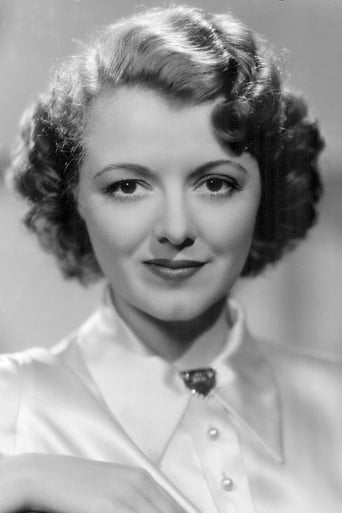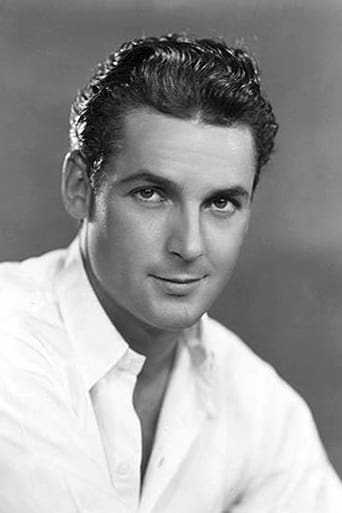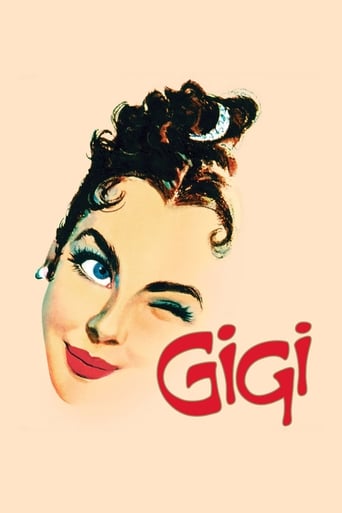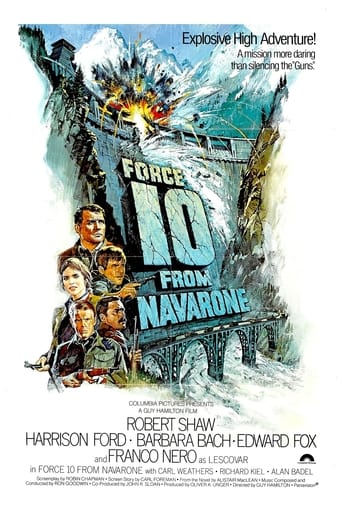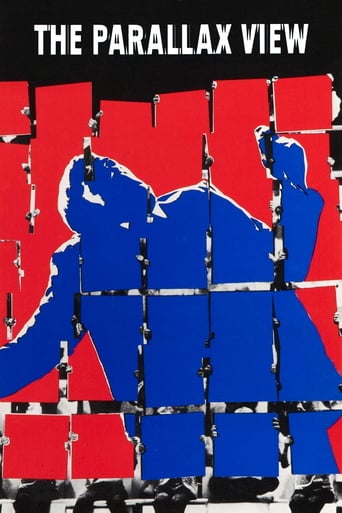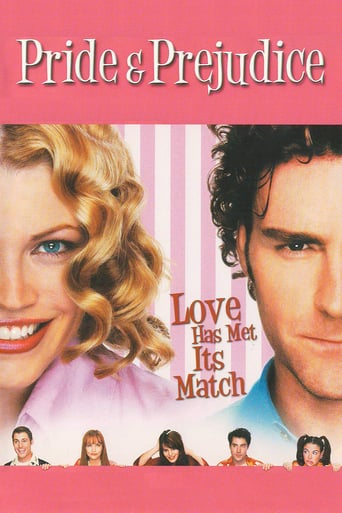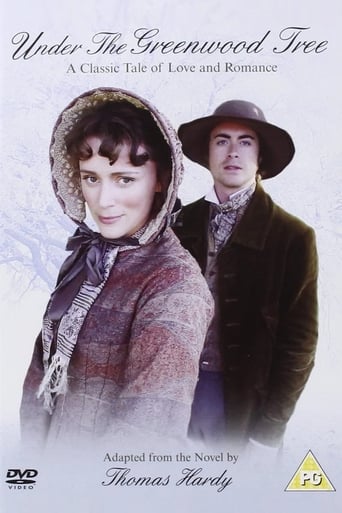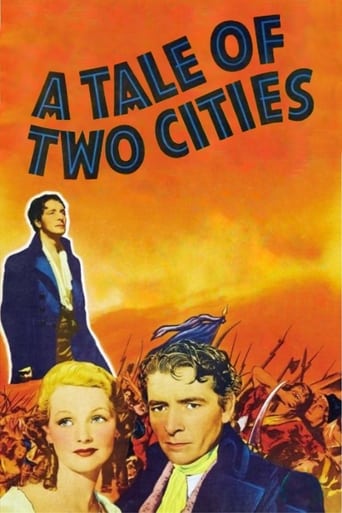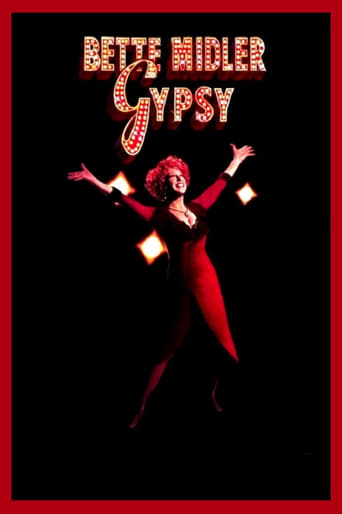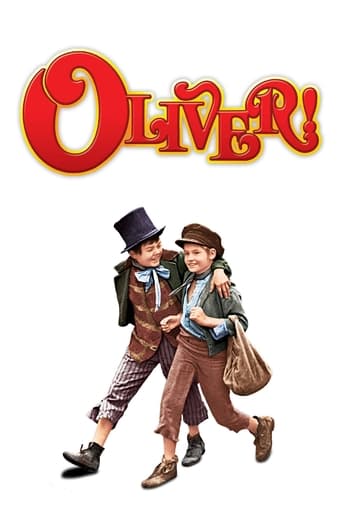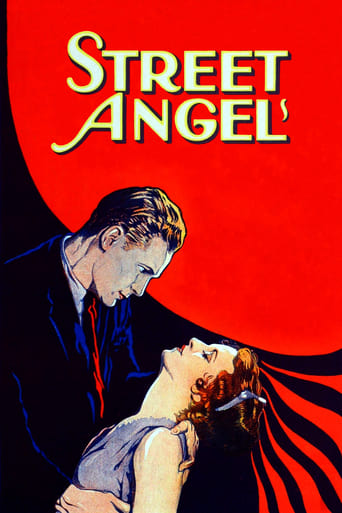
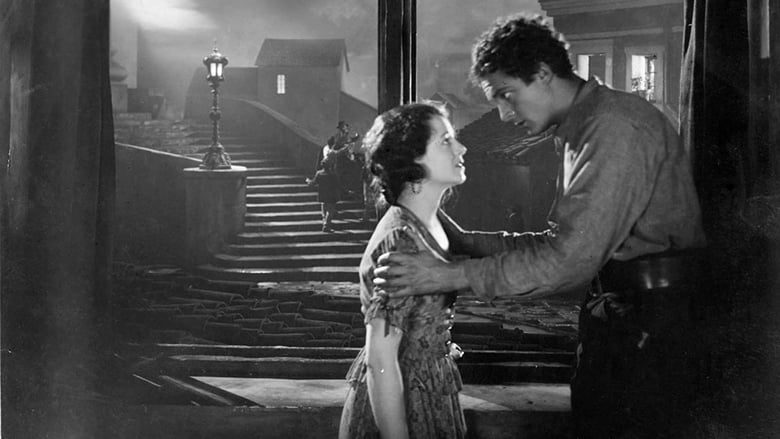
Street Angel (1928)
A spirited young woman finds herself destitute and on the streets before joining a traveling carnival, where she meets a vagabond painter.
Watch Trailer
Cast


Similar titles
Reviews
Another pairing of Janet Gaynor and Charles Farrell that could have been right out of Puccini. Farrell is not as his best as an improbably naive itinerant painter. Gaynor comes off somewhat better as a circus performer with an illicit past, who initially rejects all men and love, but then predictably falls in love with the painter's idealism and optimism. The sets are wonderful, also operatic in atmosphere, especially in the street scenes. There is an excruciatingly long goodbye scene where, unbeknownst to Farrell, Gaynor must leave him to pay her debt to society. Yet the movie could have been saved if it ended with the melodramatic scene with Farrell, finally learning the truth, choking Gaynor in a side altar of a church, under the picture of her he had painted previously. The Madonna symbolism is pretty obvious. Unfortunately, in literally the last five minutes, a happy ending destroys the entire spirit of the movie.
On the heels of their successful pairing in Seventh Heaven, Janet Gaynor and Charles Farrell returned as star-crossed lovers again in Street Angel. By the title of the film, one can tell Gaynor is somehow going to be mixed up with prostitution. She turns to it briefly, although not entirely (thankfully for 1928 audiences), because her ailing mother needs some medicine she can not otherwise afford. She's caught but escapes to a traveling circus and falls in love with an idealistic painter played by Farrell. Farrell, though handsome, was not the best of actors and faded from the limelight when the sound era took over. The story is pure fluff and contrived to say the least, but its Gaynor's performance, the cinematography, and Frank Borzage's direction which carry the film. Borzage owes much to German Expressionism in his shooting of this film. The first half of the film moves at a good pace, but the second half drags incessantly at times with close-ups of Gaynor that linger forever, capturing her waif-like, angelic look. The whistling Gaynor and Farrell do throughout the film grows more tiresome with each succeeding episode. As in many silent films, the pace varies in average films of the period. This was one of the films which included sound effects, musical interludes, and transition music but not spoken dialog in the transition period between silents and sound. **1/2 of 4 stars.
In the first year of the Academy Awards, the voting was based on the performer's entire body of work for that year. Thus, Emil Jannings won the first Best Actor Oscar (although they weren't cried 'Oscar' yet) for two films he made in 1928, whilst Janet Gaynor won the first Best Actress Oscar for three films she made that year. One of her three films was 'Street Angel', so her starring role in this film has to be reckoned as one-third of an Oscar-winning performance. But surely Gaynor's magnificent and multi-layered performance in 'Sunrise' deserves most of the credit for that award. 'Sunrise' is such a masterpiece, it's hard to see how 'Street Angel' could compare with it.This film takes place in Naples, where 'street angel' is apparently the term for a prostitute. Janet Gaynor usually played virginal good girls. Here, she gets arrested for prostitution. Impressively, the script avoids the easy excuse of making Gaynor a victim of mistaken arrest. Instead, through clever but plausible script machinations, Gaynor's heroine has legitimate reasons for feeling some guilt and stigma for being a prostitute while making it clear to the audience that she hasn't actually done the deed. As an Italian peasant girl, Gaynor impressively uses Neapolitan hand gestures and head movements in a few scenes, but does not employ them consistently.As to leading man Charles Farrell, the less said the better. Gaynor and Farrell were the most popular romantic team in silent films, but I've always found Farrell impossibly good-looking without the acting ability to match. His portrayal of an embittered paraplegic in 'Lucky Star' is his only performance that deeply impressed me.Gaynor typically played good-girl roles (in an interview, she noted 'I was the essence of first love'), so I was pleasantly surprised by her appearance here in a circus costume that shows off her exquisite figure in black tights and leotard. While Gaynor balances upside-down, the camera lingers from her slipper-shod feet downwards along her extended legs to her torso. What a woman! Gaynor, who usually dressed much more modestly, is clearly delighted to have this chance to show her stuff.The production design is exquisite, with dozens of highly individualised stucco buildings. They actually look like a street in Naples, not a movie set. Henry Armetta restrains his histrionics, for once. Natalie Kingston is enticing as a local slut named Lisetta. In his brief role as an Auguste-style circus clown, I was very impressed with an obscure actor named Louis Liggett, who died shortly after this film was released: he shows real talent here.The plot of this film is soap-opera bathos; the most interesting thing about it is that Gaynor's character serves a year in the workhouse (conveniently getting sprung on the same day as her rival, Lisetta, even though the latter was arrested much later) and then she emerges wearing a surprisingly stylish pair of high-heeled pumps: are these prison-issue in Italy? I'll rate this movie 5 out of 10, mostly for Gaynor's nuanced performance and partly for the brief scenes of her performing in black tights.
"Street Angel" misses greatness by inches. One of three famous late silent movies starring Janet Gaynor (the others were "Sunrise" and "Seventh Heaven"), it's an ultra-romantic melodrama with enormous power. Frank Borzage, a specialist in this kind of film, pulls out all the stops to make this seem almost like an other-worldly fable; the story is painted in broad brush strokes, and the plot has a few echoes of "Les Miserables." The sets and cinematography are outstanding; Gaynor is heartbreakingly beautiful, and her performance is superb. The film's biggest flaw-- almost the only one-- is that near the end it indulges in a wildly improbable coincidence, and it's always awkward when a film closes on a note like that. It isn't quite as good as "Sunrise--" very few movies are-- but for most of its running length this rich, lush film is an absolute joy to watch.


